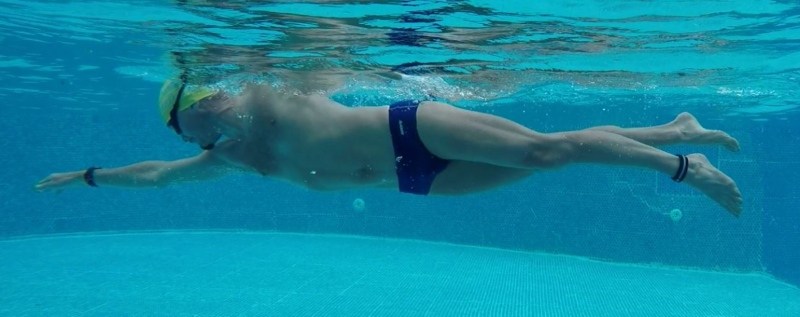How Can We Help?
Finished This Course. What’s Next?
It is a great feeling to work through an entire lesson series to achieve a new level of skill and fitness. But what does one do after this?
Below are suggestions for how you may continue developing your new swimming skills.
Will completing this course mean you have achieved mastery?
Not likely. But you will become a better swimmer this week than you were last week, and over time with this mindset you will become masterful. Don’t lose sight of how far you’ve come.
True masters of any art realize the fundamentals can be developed to deeper and deeper levels. But, even a new swimmer should experience a sense of ease and find their habits forming around these skills to the extent that they become your preferred way of being and moving in the water. You should experience your body sliding through the water better, and feeling like the same work requires less effort than it used to – perhaps quite dramatically so.
The stronger these fundamental skills become the easier it will be to develop advanced skills – like the Catch and the 2-Beat Press, synchronization of the entire body, and control over stroke length and stroke tempo.
How do you measure success? Or when to move on?
Your quality objective in this course is to feel in control of your experience in the water – you feel more balanced, more aligned, more streamlined, and to feel that less movement is required to move forward. You know what to do to make those happen.
When you start to feel those sensations regularly, and feel capable of putting yourself into that state in each practice, then you may be ready to work on those advanced stroke skills. At that point you may seek out some private lessons, take one of our advanced live or online courses. Or you may learn from the patterns and principles embedded in each of our training courses, and study our Self Coaching 101 course and become your own best coach.
Repeat The Course Again?
The Freestyle Fundamentals course is meant to guide your integration of the fundamental skills for freestyle. You may want to extend your time in certain sections of the course. You may want to go back through the entire course, step by step, again. No doubt, those who do notice and learn much more than they did the first time going through it.
It is your mastery path. Take as long as you like, and go over the practices as much as you need to. Some skills might come quickly, while others take more time for your body to feel, improve and automate.
Moving on to Freestyle Advanced?
The stronger your fundamental skills, the easier it will be to develop the advanced skills, because they depend on them. However, working on your advanced skills can deepen your appreciation for the fundamental skills too, and show you where your strengths and weaknesses are.
It will only take a lesson or two of introduction to the advanced skills to help you know whether you are ready for the challenge of those or to keep working on fundamentals. It might be interesting and informative to work on advanced skills for a while and then go back to the fundamental skills with renewed appreciation and motivation to do more work there.
Take on a Fitness Challenge?
You might also want to apply your skills, as they are now, to work on a specific fitness challenge. Perhaps you want to become capable of swimming continuously a certain distance and you are eager to do that. That could be good also.
In our approach to training technique training is never separated from fitness training – all repetitive motion is training your body to move that way, and the more loading you place on those motions the more deeply that movement pattern will be wired into the brain. So, if you want your best movement patterns to show up in your distance swimming, you need to require those in all of your swimming.
If you follow any of our training plans for a distance achievement goal it will ALWAYS have technique standards built into every practice activity, and your progress in distance and intensity will be moderated by how well you can maintain your best movement patterns.

